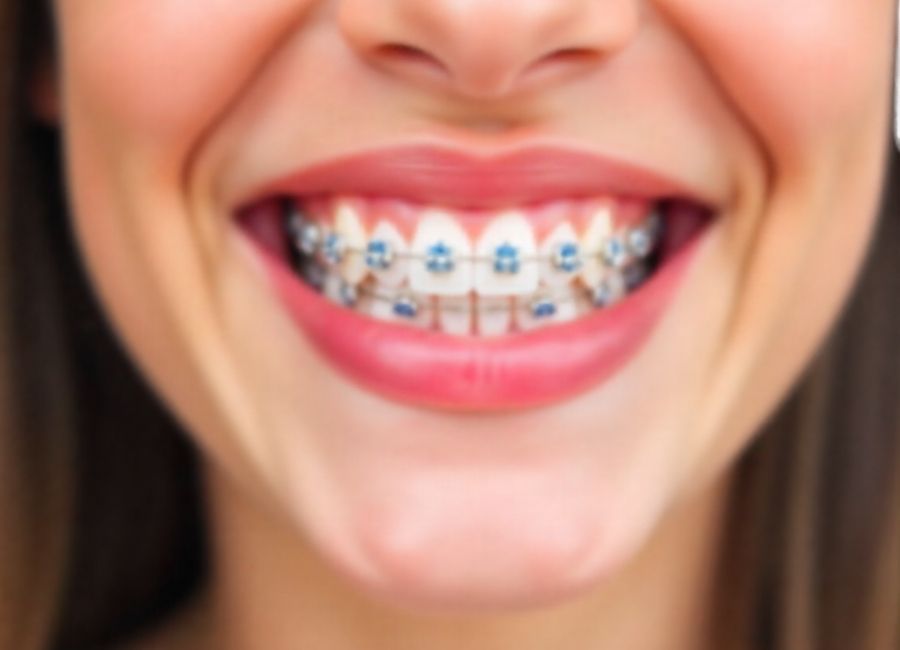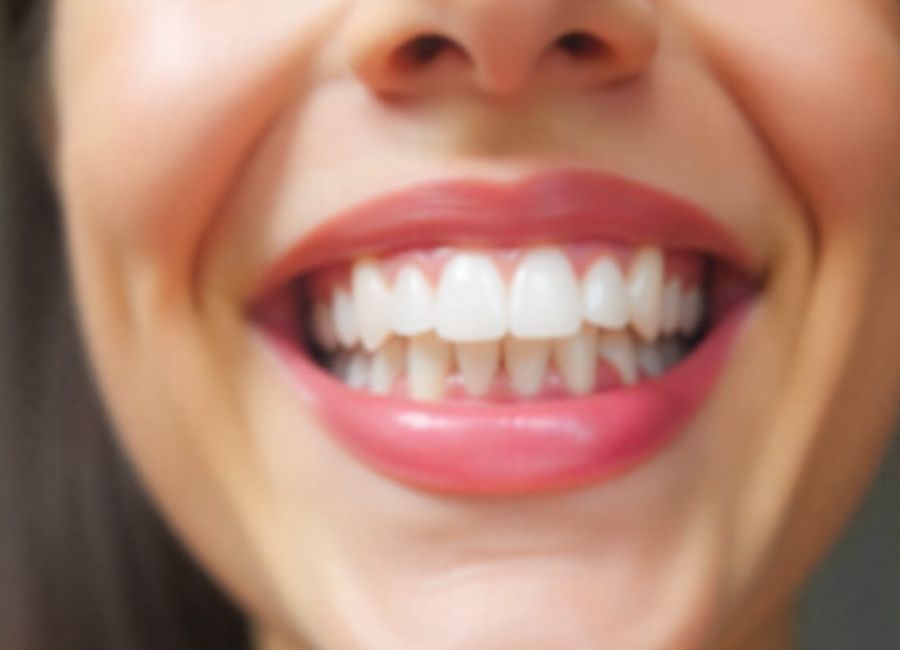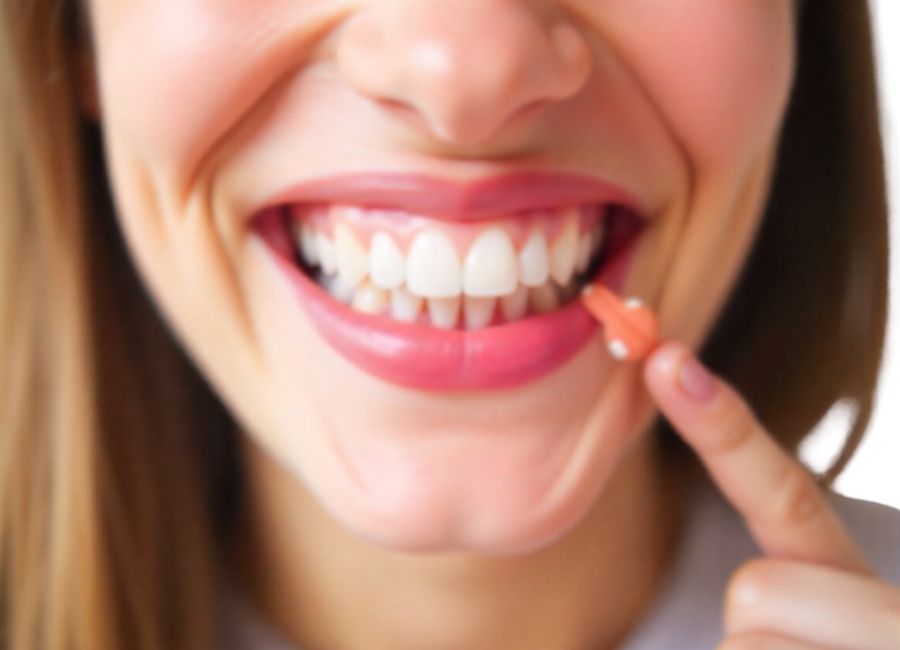Getting braces off feels like crossing the finish line of a marathon. After months or years of metal brackets and wires, the thought of having straight teeth without all the hardware is incredibly exciting. Some people become so eager that they consider removing their braces themselves at home.
This is one of the worst dental decisions you could make. Attempting to remove braces without professional supervision can cause permanent damage to your teeth, gums, and overall oral health. (Removing Braces at Home, n.d.) The process requires specialized tools, expertise, and careful technique that only orthodontists possess.
Understanding why self-removal is dangerous—and what the proper process involves—can help you resist the temptation and protect your investment in a beautiful smile.
Why People Consider Removing Braces at Home

Several factors drive people to consider DIY brace removal. Financial constraints top the list, as some patients worry about affording the removal appointment or final retainer costs. Others feel frustrated with treatment duration, especially when progress seems slow or appointments get delayed.
Emergencies also create desperation. A broken bracket that’s causing pain or an important event like graduation photos might make someone feel desperate enough to attempt removal. Some patients convince themselves they can save money or time by handling the process independently.
The internet doesn’t help matters. YouTube videos and online forums make the process look simple, showing people using household tools to remove their brackets. These videos are misleading and dangerous, failing to show the serious complications that often follow.
The Serious Risks of DIY Braces Removal

Permanent Tooth Damage
Brackets are bonded to your teeth with a powerful dental adhesive designed to withstand years of chewing and brushing. (Direct bonding of orthodontic brackets, 1995) Removing them improperly can chip, crack, or break your teeth. (Removing Braces at Home, n.d.) The enamel surface often gets damaged during amateur removal attempts, creating rough spots that attract bacteria and increase cavity risk. (Removing Braces at Home, n.d.)
Some people try using pliers, screwdrivers, or other household tools to pry off brackets. These tools can slip and cause significant trauma to teeth and surrounding tissue. Even if you manage to remove some brackets without obvious damage, microscopic cracks in the enamel may not appear until weeks or months later.
Severe Gum and Tissue Injury
Your gums and soft tissues are extremely vulnerable during braces removal. Without proper technique and tools, you can easily cut your gums, cheeks, or tongue. These injuries often require stitches and can lead to serious infections. (Removing Braces at Home, n.d.)
The brackets sit close to your gum line, and removing them requires careful maneuvering to avoid tissue damage. Orthodontists use specialized instruments designed to protect soft tissues while safely removing brackets. Household tools lack these safety features.
Root and Nerve Damage
Improper removal techniques can damage tooth roots or disturb the nerves inside your teeth. (The Dangers of DIY Dental Fixes: When You Need a Dentist, 2021) This type of damage often requires expensive root canal treatment or, in severe cases, tooth extraction. The vibrations and pressure from incorrect removal methods can cause lasting damage that isn’t immediately apparent.
Incomplete Removal and Adhesive Problems
Professional removal includes cleaning all adhesive residue from your teeth. Leaving adhesive behind creates rough surfaces that trap food and bacteria, leading to decay and gum disease. (Leftover Glue After Braces: Risks & How To Safely Remove, 2025) Removing this adhesive requires special polishing tools and techniques that aren’t available to consumers.
Attempting to scrape off leftover adhesive with household items almost always damages tooth enamel. The adhesive is harder than most tools people have at home, so the tooth surface gets scraped away instead of the adhesive.
What Happens During Professional Braces Removal

Understanding the professional process highlights why it’s impossible to safely replicate at home. Orthodontists follow specific steps using specialized equipment to ensure safe, complete removal.
Bracket Removal Process
The orthodontist uses special pliers designed specifically for bracket removal. These tools apply precise pressure at the correct angle to break the adhesive bond without damaging teeth. Each bracket type requires a slightly different technique, and orthodontists know exactly how to handle each variety.
The process isn’t just about pulling brackets off. The orthodontist carefully evaluates each bracket’s position and condition before removal, adjusting technique as needed. Some brackets may have shifted or loosened during treatment, requiring modified removal approaches.
Wire and Band Removal
Removing the archwires requires careful cutting and extraction to avoid injury. The wires are often under tension and can spring back unexpectedly when cut. Orthodontists use proper cutting tools and techniques to control the wires during removal.
Bands around molars require special tools for safe removal. These bands are cemented in place and need controlled pressure to avoid damaging the underlying tooth structure.
Adhesive Cleanup
After bracket removal, orthodontists use high-speed handpieces with special polishing attachments to remove all adhesive residue. This process requires skill to remove the adhesive completely without damaging enamel. The tools operate at specific speeds and pressures that ensure safe cleaning.
The final polishing step restores the smooth tooth surface necessary for good oral health. This step is impossible to replicate at home with adequate safety or effectiveness.
The Importance of the Retention Phase

Braces removal isn’t the end of orthodontic treatment—it’s the beginning of the retention phase. Your teeth will try to return to their original positions without proper retention, undoing years of progress and investment.
Orthodontists take impressions for retainers before removing braces, ensuring the retainers fit perfectly over your newly straightened teeth. Removing braces prematurely disrupts this process and may require starting treatment over.
The retention phase typically lasts at least as long as the active treatment phase. (Retention and stability following aligner therapy, n.d.) Skipping professional removal means missing crucial guidance about retainer wear and long-term maintenance.
When to Contact Your Orthodontist
Certain situations require immediate professional attention, but they don’t justify self-removal attempts. Contact your orthodontist right away if you experience severe pain, bracket damage that’s cutting your mouth, or if a wire is poking into tissue.
Most orthodontic offices provide emergency services or can recommend immediate care options. The temporary discomfort of waiting for professional help is always better than the permanent damage from DIY attempts.
If you’re struggling with treatment costs, discuss payment options with your orthodontist before considering dangerous alternatives. Many offices offer payment plans or can suggest resources for financial assistance.
Protect Your Investment and Your Health
Your orthodontic treatment represents a significant investment in your health, appearance, and confidence. Don’t risk destroying that investment with a dangerous shortcut. Professional braces removal ensures your treatment ends successfully and your teeth remain healthy.
The few hundred dollars saved by avoiding professional removal can quickly turn into thousands in repair costs. (How to Remove Braces at Home and Why You Shouldn’t Do It, n.d.) Emergency dental work, root canals, and cosmetic repairs from DIY removal attempts often cost far more than proper professional removal.
Schedule your removal appointment as soon as your orthodontist recommends it. Trust the professional process that will safely reveal your beautiful new smile and set you up for lifelong oral health success.











